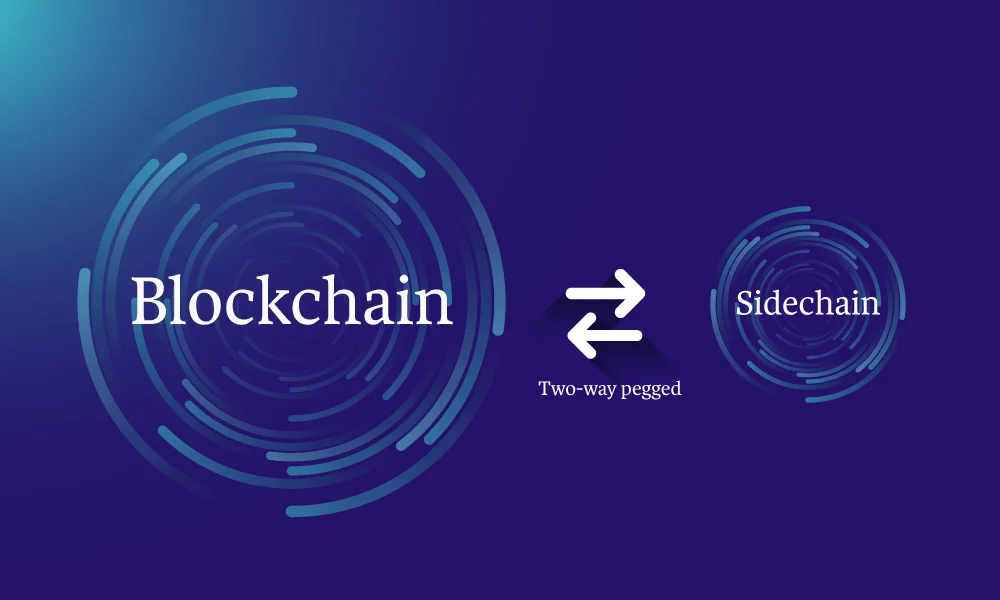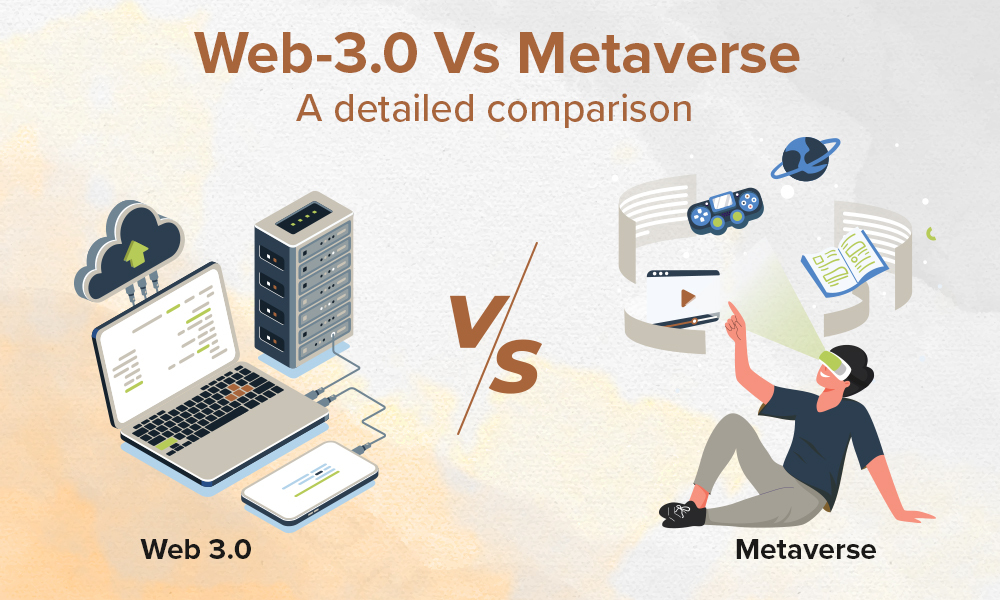What are sidechains?
Before understanding about sidechains, first understand this analogy on main chain and sidechains. Imagine the main chain as a national highway where vehicles can run and sidechains as the connecting roads joining the highway to cities. The connecting roads (sidechains) can lead vehicles to national highways (main chains) whenever needed.
Sidechains are basically emerging mechanism that helps another blockchain access tokens and digital assets stored at parent blockchain at a predetermined rate. The assets can be moved back to the main chain if needed. The parent blockchain is generally referred as ‘main chain ‘and all the additional blockchain are called ‘sidechains’.
Let’s understand this with an example. To trade tokens stored on the mainchains with the assets stored on the sidechain, one would first need to send tokens on the mainchain to a certain address and this would effectively lock the tokens. Once the transaction has been completed, a confirmation will be sent to the sidechain. The sidechain post transaction confirmation will release the amount of assets equivalent to the token amount locked on the main chain. The process will be reversed in case the tokens are stored on the sidechain and the assets on the mainchain.
Why sidechains came into existence?
The world at this moment is under blockchain revolution however, the transaction rates of bitcoin and ethereum is moving at a mole speed. Sidechains solved the problem as they allow transactions to happen off the main chain. A user can use or deploy a DApp on one of the blockchain to increase transaction speed. This leads to more diversified network and more powerful, faster and robust mainchain.
Secondly, the cryptocurrency world was scared to add features to bitcoin blockchain as billions of dollars might vanish if the technology doesn’t work or malfunctions. Sidechains can act as guinea pigs to test new features on and if the features are causing harm to the blockchain, the damage is controlled and limited only to the sidechain.
Thirdly, the mainchains are burdened with information and transaction which was turning out to be one of the major issues in blockchain technology. With sidechains, some of that pressure can be taken off the mainchains. Sidechains will be able to store data as well as store transactions, this would help to maintain the integrity of the mainchain while making them lean and fast.
These are not all, sidechains have some specific use cases like there can be multiple sidechains to improve the process efficiency, optimize mainchains to speed-up transactions and optimize large computations. In simple words, sidechains can help in blockchain scalability and managing the heavy commercial usage.
Know more about the factors affecting blockchain scalability and what are the solutions to those issues here.
Issues with sidechains
We do agree that sidechains can solve a lot of issues being faced with the distributed technology. However, the problem with sidechains is they make the already complex blockchain technology more difficult for those who are not actively involved. Also, the assets when sidechains are formed alongside mainchains will be divided leading to a more complicated network.
Another issue that is being cited is that these sidechains will have to support themselves and they could easily be attacked, compromised or failed. In this case, what will happen to the assets stored on sidechains? The question remains unanswered so far!
What do we think?
Sidechains no doubt are very promising and offer solutions to problems occurring with blockchain. However, blockchain itself is an emerging technology, the issues might get resolved with advancement in the technology.
It’s hard to predict the future of sidechains but as they are being adopted by multiple projects, they might change the course of blockchain.



.jpg)
